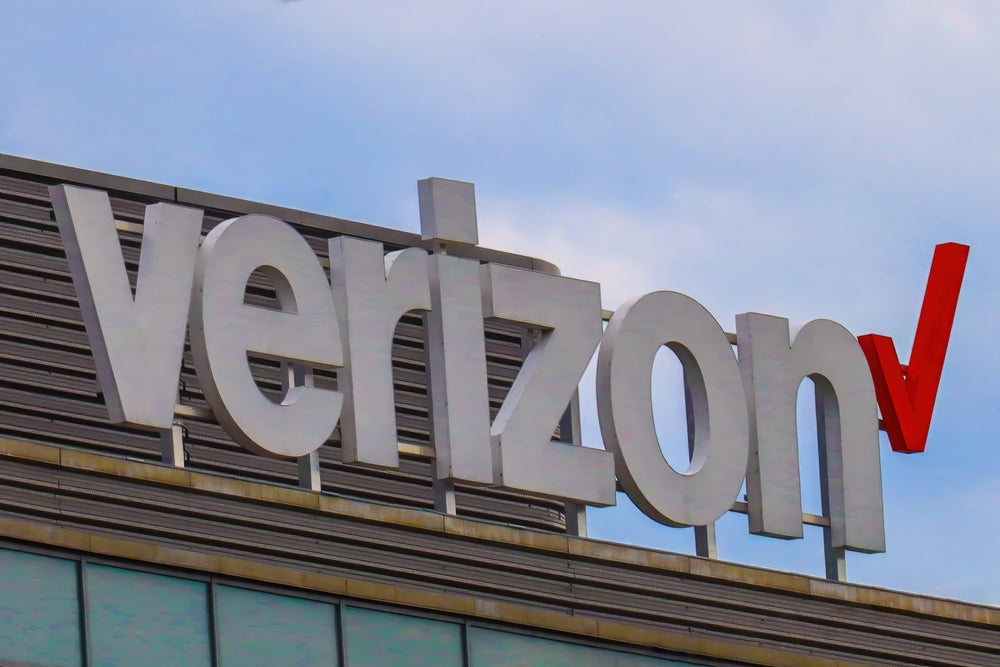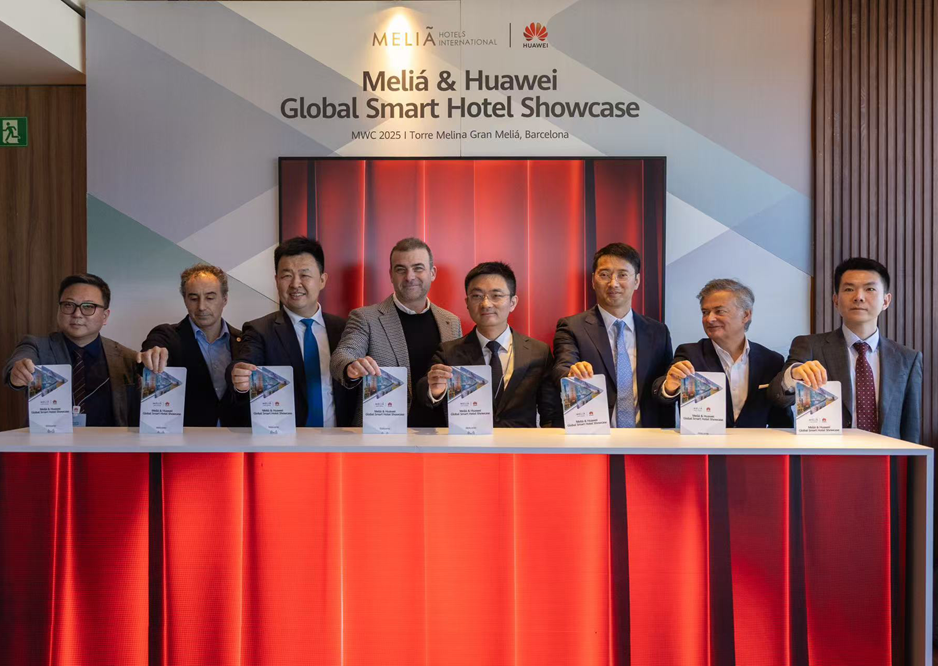Over the first half of 2025, major telecom providers including Verizon have pushed deeper into industrial IoT, leveraging their broad connectivity offerings to develop highly tailored solutions for critical sectors such as transport, utilities, and facilities management.
AI, unsurprisingly, is also a common thread, as is the proliferation of new connectivity options ranging from 5G to eSIM orchestration to satellite, along with solutions that prioritize real-time visibility, operational efficiency, and global reach.
Verizon Business has been particularly active, rolling out new services providing domain-specific intelligence.
In June 2025, the company launched the Edge Transportation Exchange, a 5G-powered platform designed to support real-time communication between connected vehicles, road infrastructure, and other users – a step forward in V2X innovation and traffic safety. During the same month, it introduced 5G Video Insights, a solution that taps into existing camera infrastructure to provide AI-driven analytics for use cases like people counting, object detection, and near real-time incident alerts. These capabilities are already being explored on the vertical side.
Verizon and Honeywell partner
Earlier this year, Verizon and Honeywell partnered to embed 5G connectivity into smart utility meters, enhancing grid monitoring and energy efficiency. And in the realm of smart buildings and facilities, Verizon’s new Sensor Insights platform–deployed at State Farm Arena in Atlanta, Georgia – has given venue operators real-time tools for monitoring equipment and optimizing the use of resources.
At the same time, global connectivity has become a more sophisticated battleground. Verizon expanded its Global IoT Orchestration platform through new partnerships with Singtel and Skylo, offering near-seamless coverage across 200 territories and now satellite-reaching capabilities for hard-to-connect environments.

US Tariffs are shifting - will you react or anticipate?
Don’t let policy changes catch you off guard. Stay proactive with real-time data and expert analysis.
By GlobalDataAT&T has taken a similar tack, unveiling a new global eSIM solution that lets IoT devices switch networks based on location – a critical enabler for enterprises deploying connected products internationally. T-Mobile, working with Thales and SIMPL IoT, is embedding eSIM profiles into devices destined for the US market, streamlining cross-border deployments. Vodafone has also expanded its footprint in the Middle East through a partnership with Mobily in Saudi Arabia and now supports 200 million connected cellular IoT devices globally.
Embedding IoT
While connectivity remains foundational, telecom operators are increasingly investing in intelligence layered at the edge. Telefónica Tech and Dexory, for example, are now blending AI-powered digital twins with industrial IoT integration to automate warehouse inventory tracking. Deutsche Telekom, too, is embedding IoT into residential infrastructure, using smart sensors and Open Telekom Cloud hosting to help manage heating systems in public housing.
In a noteworthy example of IoT serving public services, Orange Business recently showcased a smart rescue solution developed with firefighting units and other European partners as part of Software République, combining sensors, AI, and secure communications to improve emergency response coordination.
A few key trends emerge from these developments. One is the continued importance of use-case specificity. Telcos have gone back and forth on prioritising horizontal platforms or vertical solutions, but there is clearly demand for both. Another is the increasing role of AI and real-time data analytics in unlocking value from IoT deployments.
Mature orchestration
Finally, the global nature of IoT is now being met with more mature orchestration, thanks to innovations in eSIM (including the new SGP.32 specification), satellite integration, and multilateral operator partnerships.
Taken together, these announcements reinforce well-established trends proven to have lasting importance in connecting objects and machines for enterprises in all verticals. They also reflect significant investment by leading connectivity management players in advanced solutions both on the connectivity and application sides of IoT.








